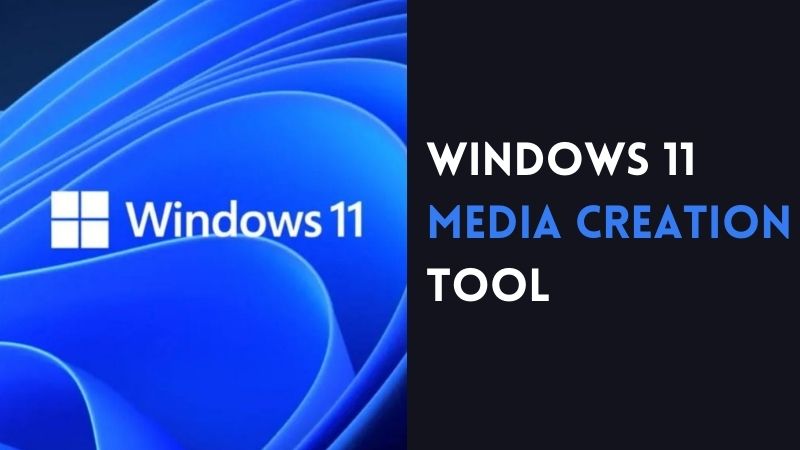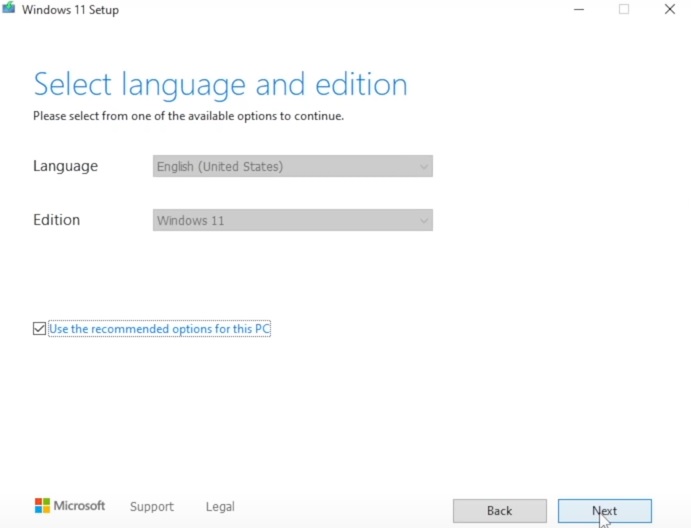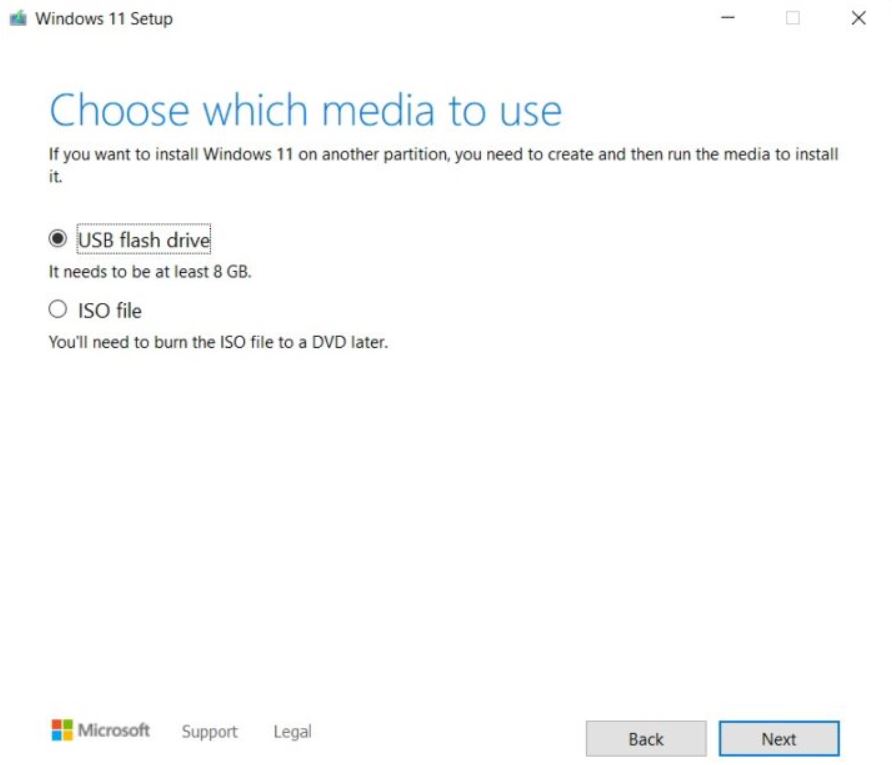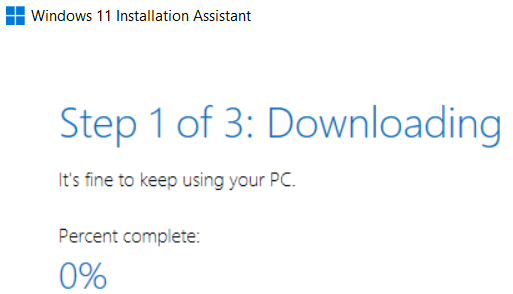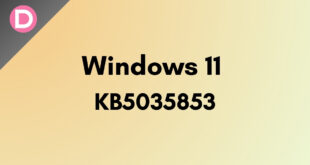The stable build of Windows 11 has started rolling out to eligible Windows 10 PC users. Windows 11 brings many improvements over the normal Windows 10, such as a new redesigned home interface, a new Microsoft store with native support for Android apps, a re-touched taskbar and icons, and more. Many users are willing to try Windows 11 on their PC. Well, for those, Windows 11 Media Creation is a helpful tool. The Media Creation tool can upgrade its system to Windows 11 seamlessly.
The Windows Media Creation tool allows users to sideload Windows 11. It’s more like a flagship, a custom ROM in Android with the help of TWRP recovery. For some sets of people, the creation tool is easy to use and operable, but it might come out as a bit complicated for beginners. So, in this post, we’ll decide how to upgrade your system to Windows 11 using the Windows 11 Media Creation Tool.
Important steps before proceeding
- After installing Windows 11 using the Media Creation tool, your user data might get cleared. So, make sure to take a backup of your data so you won’t face any problems if your user data gets cleared.
- A good network connection is always recommended. It must be required to install Windows 11 and to create a bootable USB Drive.
- If you’re creating the bootable USB instead of installing Windows 11, a USB Drive with a minimum of 8GB of RAM is always suggested.
Tip: You can get Windows 11 ISO official ISO image here.
Download the Windows 11 Media Creation Tool
- Visit Microsoft’s Software Download Page and get the latest Media Creation Tool.
- Alternatively, you can download the MediaCreationToolW11.exe file through this direct link.
The media creation tool will be downloaded successfully in minutes (depending on your network speeds).
After installing the file, run it on your PC system. After this, you’ll get a prompt saying, “Getting a few things ready!”.
Accept Microsoft Software license terms.
Now select language and edition or Tick “Use the recommended options for this PC.”
Now, you’ll see two options: “USB Flash Drive (It needs to be at least 8GB)” and “ISO File (You shall need to burn the ISO file to a DVD later).”
You can choose the option accordingly; the USB flash drive option will create a bootable USB drive. If you choose the second option, i.e., ISO File, you can burn the ISO file later to create a bootable USB drive or a DVD.
- If you select the “USB Flash drive” option, then make sure to connect the USB. The tool will automatically download and burn into the USB connection. And you can flash it later.
- The “ISO File” option will download the ISO file of Windows 11, and you’ll later have to burn it using any third-party apps like Rufus to make it bootable.
We recommend you use the “USB Flash Drive” option here, as it is easier to use.
So, if you want to perform a reinstall or clean install of Windows 11 on your PC, Windows 11 Media Creation Tool will be the best option, as you can make a bootable USB or DVD.
Upgrade the PC Now with Windows 11 Installation Assistant
Do you want to upgrade your Windows 10 PC to Windows 11? The Windows 11 Installation Assistant tool will be the best option. The tool will start downloading the Windows 11 File, and upon downloading it successfully, you will be able to install it in your system. After successful installation, complete the setup, and you can run Windows 11 in your system seamlessly. If your PC does not support Windows 11, follow this Bypass Method.
Ready to Install
After creating the bootable Windows 11 via Media Creation Tool, plug the USB Drive where you’ve installed the bootable file. Boot the PC into BIOS and install the system. You can now use Windows 11 seamlessly if you have followed all the abovementioned steps. You can read our “types of Windows 11 product key”, “Password Reset,” and TPM 2.0 Bypass” article here.
